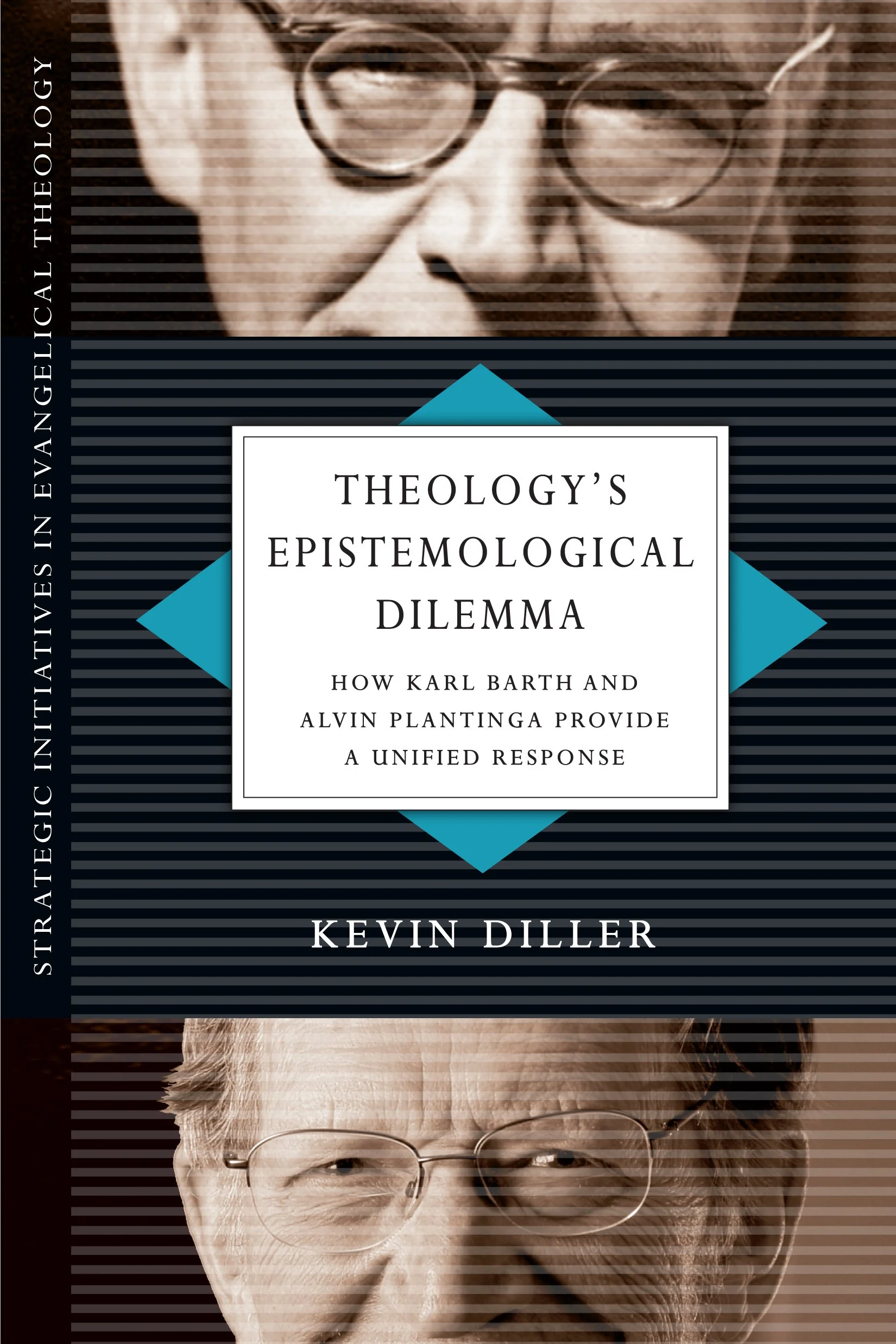Liturgy Series: Part 10 — The Lord's Supper
...sacraments intensify the general sacramentality of the world.
– James K.A. Smith
In our day and age you should consider yourself lucky if your church even practices the Lord's Supper. The awkward and seemingly medieval practice of making the attendants of your worship service eat bread and drink wine isn't exactly "seeker friendly." Yet, the importance of the Lord's Supper cannot be overstated.
As we've noted throughout this series, liturgical practices are of the utmost importance. These charged rituals (both secular and sacred), laced with stories of cosmic importance, have a profound affect on both the individual and corporate lives of their adherents. The Lord's Supper is no exception. As James K.A. Smith puts it:
The tangible display and performance of the gospel in the Lord's Supper is a deeply affective practice. Its sights and smells, its rhythms and movements, are the sort of thing that seep into our imaginations and become second nature. Just as a song makes words stick in our memory, so the sights, smells, and rhythms of the Eucharist seem to make the story both come alive and wriggle into our imaginations in a way that it wouldn't otherwise. (Desiring the Kingdom, pg. 198-99)
But what is it about the Lord's Supper that is so affective? Why is it that the weekly communion of the saints at the Lord's table has such a profound affect on the people of God?
Ironically, one of the reasons is found in the fact that the Lord's Supper is, well, so mundane. Put simply, the Lord's Supper is a family meal. From a protestant perspective there isn't any magic. But that is exactly why the Lord's supper is so magical. Again let's look to Smith:
So once again, in the very practices of Christian worship, we see a hallowing of the everyday, a sanctification of the domestic. It's as if God once again looks upon the table, laden with fruit of the earth, and proclaims, "It's all very good"...Here we see a wonderful encapsulation of how the sacraments intensify the general sacramentality of the world. (pg. 199)
We are often oblivious to this "general sacramentality of the world." One of the purposes of this series is to help us make connections between the liturgical practices of the church and the everyday liturgies that we are immersed in. In the Lord's Supper we see a connection to the everyday sacrament of eating. What we eat, how we eat it, and who we eat it with is important. In his book Blessed are the Hungry, Peter Leithart points out this very thing:
The Eucharist is different from the common meals of daily life, but it is also continuous with them. This suggests that the kingdom does not involve a cancellation of this-worldly concerns; it is not another world but rather this world transformed and transfigured. (pg. 165)
In the Lord's Supper the people of God enact the recreation of the world that has begun in Christ. However, this cosmic reality is displayed in humble means of bread and wine. This points our eyes beyond the Lord's table to our own tables which are similarly adorned. As the people of God come to commune with their Lord together a great reconciliation (both vertical and horizontal) is embodied. The Bible teaches us that God is reconciling the world to himself through Christ (2 Cor. 5:19). While this is enacted at the table, God's people are called to make the connection to their own tables as sites of transformation and reconciliation. Again, Smith:
Marshaling the mundane and universal human practice of eating, and thus also taking up the common connection between food and fellowship, the table of the Lord is a catalyst for reconciliation...In a broken, fragmented world, the church is called to be the first fruits of a new creation by embodying a reconciled community; and the way we begin to learn that is at the communion table. (pg. 202)
The new creation is a reconciled one. This is displayed in the Lord's Supper. As the people of God celebrate Christ's victory together at the table, they are growing up into the fullness of Christ (Ephesians 4). As they grow and mature, this reconciliation will naturally flow beyond the Lord's table to their own tables (which are offered to the Lord as well). Just as God blesses the humble elements of bread and wine so too will he bless the humble offerings of our own tables to change the world.
Food for thought.
Michael






